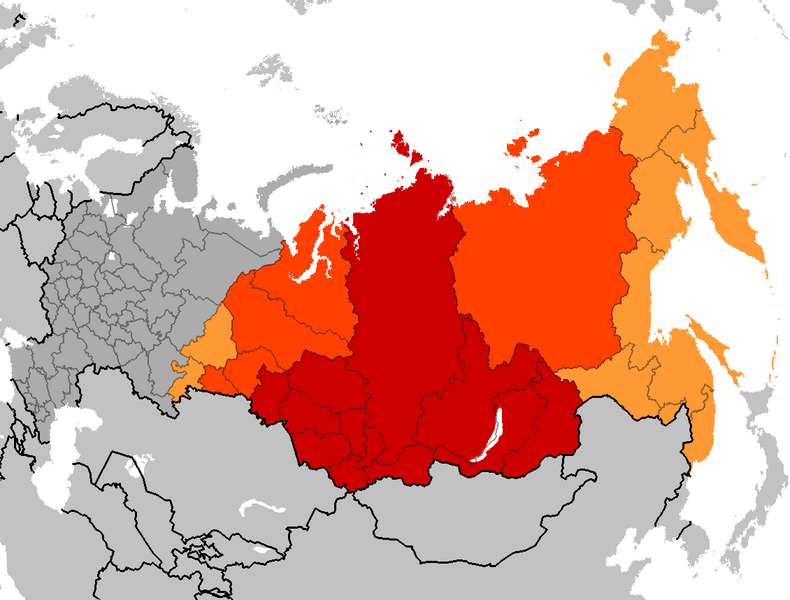Yes, there have been many coolings and warmings, but the scale of these has been "small" relative to the differences in civ tile types. There have NOT been coolings and warmings in on the order where the kinds of changes being talked (see quote below) about have occurred on a large scale.
[...]
At no point in the last 1000 years have for example the Great Lakes in North America been consistently frozen over throughout the year.
A change in global temperature average of 1-2 degrees C is not the same as a change in global average temperatures of 3-5 degrees.
Recognize the difference between "there has been some variation" and "there has been variation on the scale necessary to cause large numbers of forest tiles to change to jungle, plains tiles to grassland or desert, grassland tiles to tundra, tundra to ice, etc.".
Okay, a few things to address some issues:
* One, my tile examples were merely that, examples, a more logical explanation of how global warmings and coolings would function instead of just the "BAM! Random desert tile!"
* Two, as playability is concerned, this would add a new strategy dynamic, and also make it so that a player caught in extremes at the poles or equator would have some periods of relative relief.
* Three, I think, rather than tiles changing, the desired outcome could be possible to do with tile layers.
Tiles are not permanent-states of unchanging environment. They are "general templates" of how the land is best able to be used. The grassland likely still freezes over in winter, gets hot and dried out in summer, etc. And normal variations from year to year are expected and accounted for as an average for that tile. What I'm talking about are changes that change that overall usage. So yes, a northern grassland during a minor cooling might not be covered in snow and ice year-round, but the increased time that it is frozen (say by a couple of months even) plus the amount of additional water that has been trapped in ice and snow, will cause a shorter growing season, more stunted growth, and a shorter harvesting period. This even assumes some of the plants will even sprout, as most food-plants have specific soil temperatures and moisture levels before seeds will germinate. Other seeds require first being ingested by birds before germinating after they are dropped out. A longer winter will change migration cycles as well as the bird's positions. Thus, the ability to produce food in a given area could dramatically be affected. Same with whether or not blossoms will be able to be fertilized and bear fruit in time, as the life-cycles and locations of natural pollenators like bees, butterflies, etc, will be affected as well. Assuming the blossoms are fertilized, if the water level has changed too much, it might get too little water causing stunted growth, or too much water causing fruit to swell and burst (like squash does) ruining it. Even assuming the water level is within threshold, if the temperature doesn't stay within the right range for a long enough period of time, the plant could die off or its pests could overtake it (natural pest matinc cycles will be affected as well) before the fruit can take effect.
So what I am really talking about here is the ability of the tiles to produce a given level of food per cycle on average. Currently, in Civ4 this is represented by Tile type layers. So instead of changing a grassland to a plains, or plains to a tundra, instead, have "cooling" and "warming" layers, where food is added or subtracted according to the tile type and temperature difference cycle. This would seem like a more sensible approach to the game dynamics I am proposing.



